What are the most terrifying foods?
It's Halloween and these ingredients – some of which are potentially deadly - will leave you screaming in fear...
Fugu
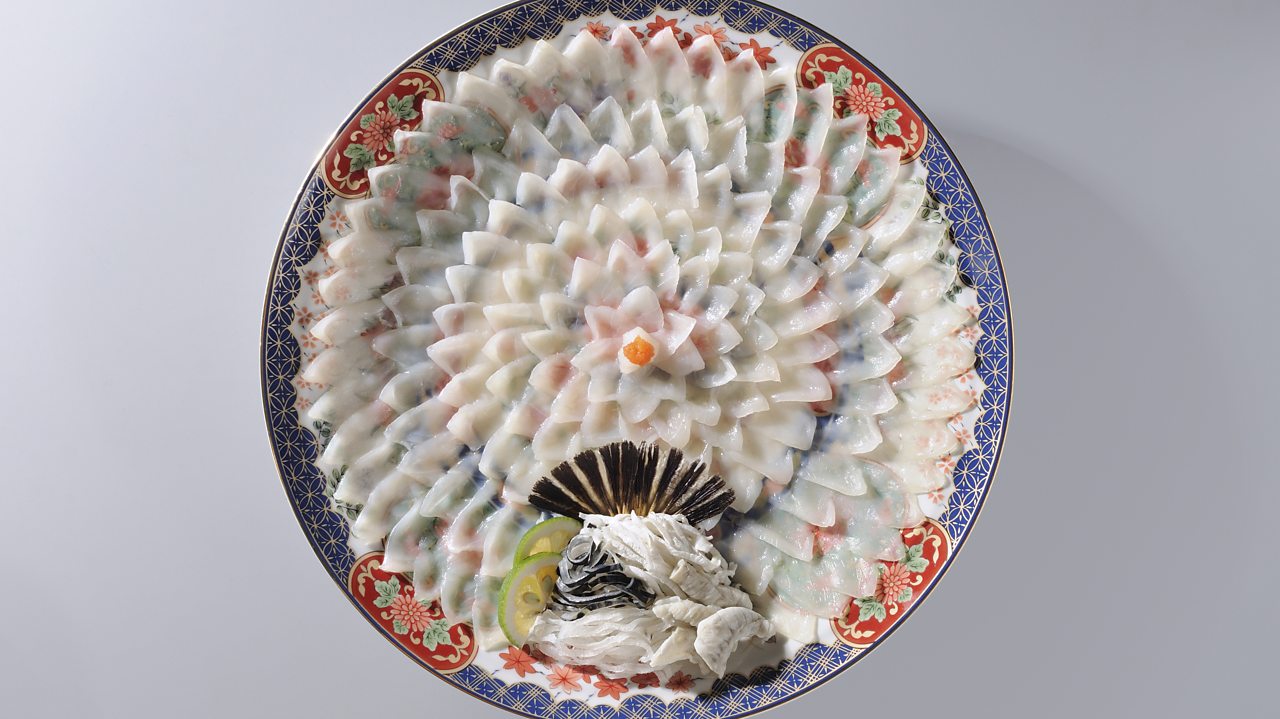
Blowfish are deadly. In fact, they are said to be far more deadly than cyanide. Yet despite the risks they pose, they are also an expensive delicacy.
Especially popular in Japan, fugu (the name of prepared blowfish) is often served raw and thinly sliced or added to soup.
So why take the risk of eating it when the stakes are so high? Well, in Japan (and other countries) chefs receive extensive trainingover a number of years before they’re allowed to prepare the fish and serve it to customers.
The key is to make sure that by the time fugu reaches your plate the fish has had its poisonous parts, including the brain, skin, eyes, ovaries, liver and intestines, removed, as they contain the dangerous poison tetrodotoxin.
Casu marzu
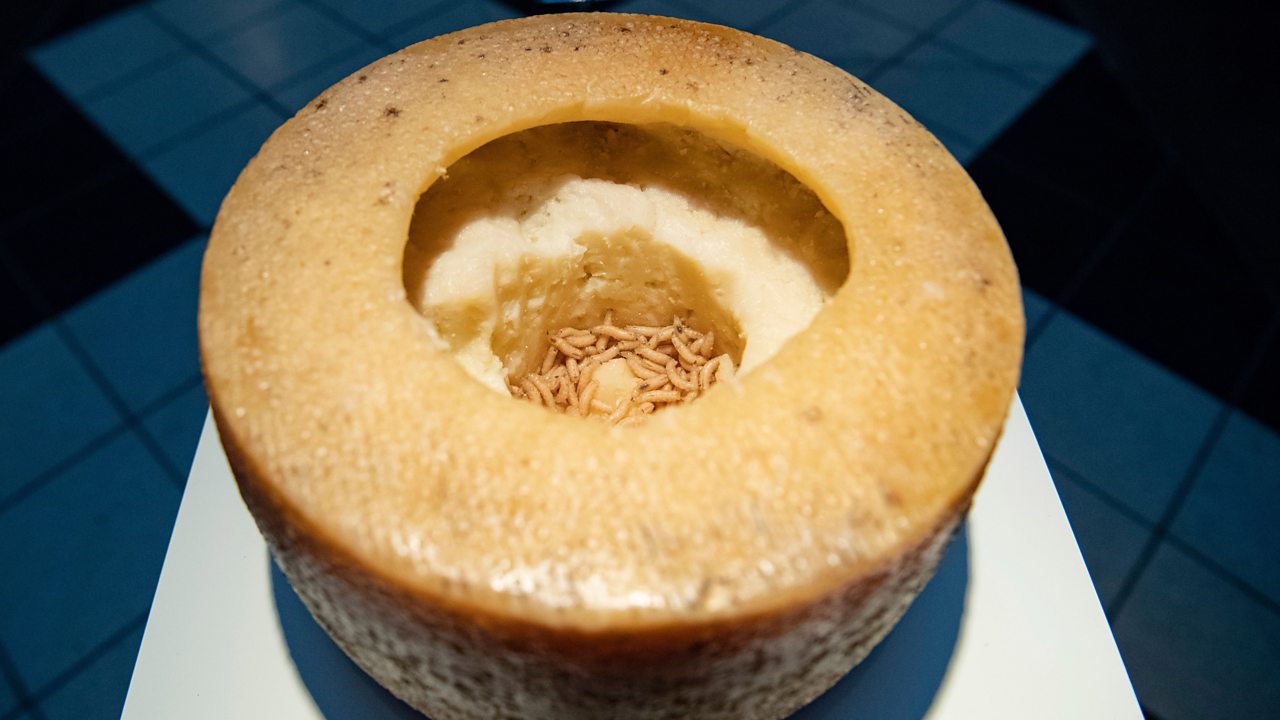
“You know what would make this food really pop? Maggots”. If we had a penny for every time someone has told us that we’d have, erm, no pence.
It’s not the most appealing of thoughts, but this Sardinian cheese has an almost mythical following and plenty of people are desperate to try the treat that comes jam-packed with live maggots.
Casu marzu is made by adding fly larvae to pecorino. Over time the little wrigglers soften the cheese, so by the time it’s served up the centre may have an almost liquid consistency.
While it’s said to have similarities to ripe gorgonzola, you won’t be surprised to read that – what with maggots and all – it’s got quite a strong, distinctive flavour, thanks at least in part to the larvae excrement.
If you’re keen to give it a go, there are a few things you’ll need to bear in mind. First up, you’ll need quick reflexes to catch the maggots, because they can jump up to 15cm in the air while you’re eating a portion. Secondly – and this one’s really going to be a fly, sorry, maggot in the ointment – it’s not on the EU’s approved food list. Basically, you’re not going to be able to pop down to the local supermarket and buy some. Thirdly, the main reason it’s on the list, it’s often described as‘the world’s most dangerous cheese’because it poses quite the health risk. This is especially true if the maggots are dead (unless that’s because the cheese has been in the fridge) as that means it has gone bad.
Rhubarb leaves
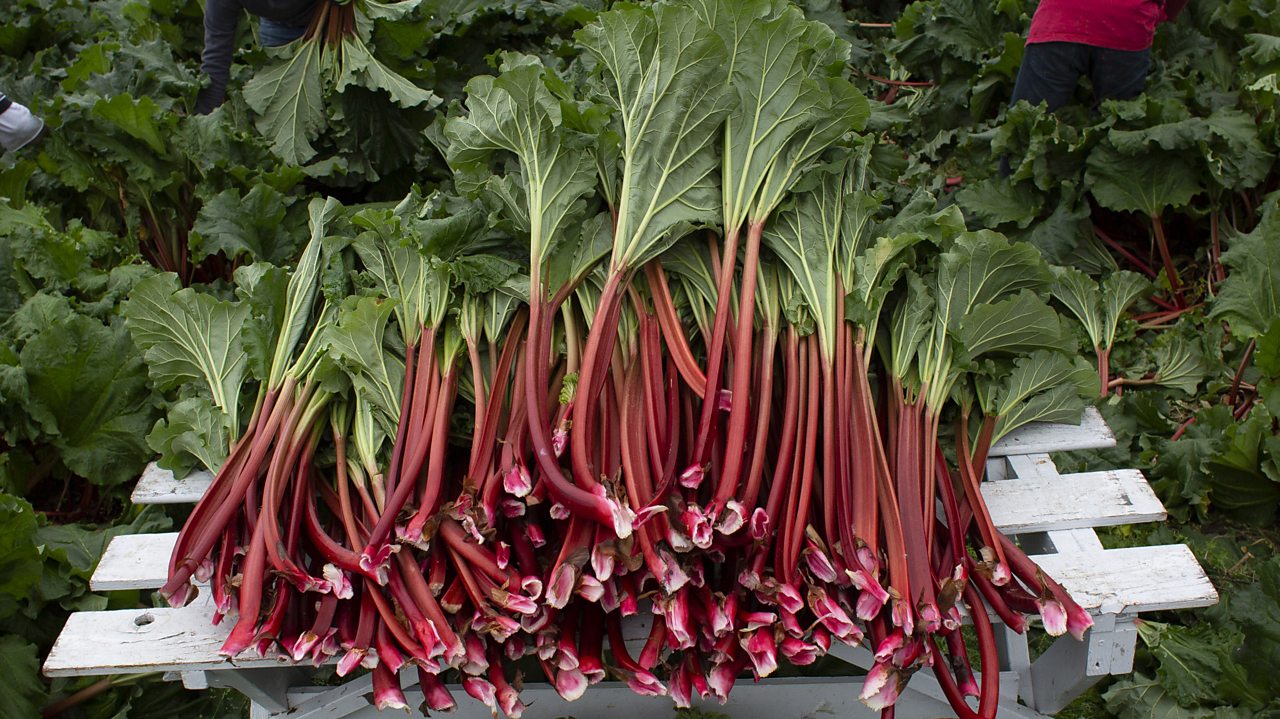
Granted, the sight of a rhubarb leaf isn’t going to leave you running for the hills, but maybe it should. It seems strange that one part of this British garden favourite is delicious in crumbles, but that the green leaves that accompany the tasty stalks contain poison. The poison is oxalic acid – which in large amounts causes nausea and problems for your kidneys.
However, there’s much debate about how dangerous rhubarb leaves actually are because of the level of oxalic acid found in them. Could their reputation outweigh the actual danger? Well, it’s probably not worth taking the risk. In a Q&A on the matter, Oregon State University simply explained: “Rhubarb leaves are toxic and humans should never ingest them”. Well that’s that then.Rhubarb crumble anyone?
Kidney and soya beans
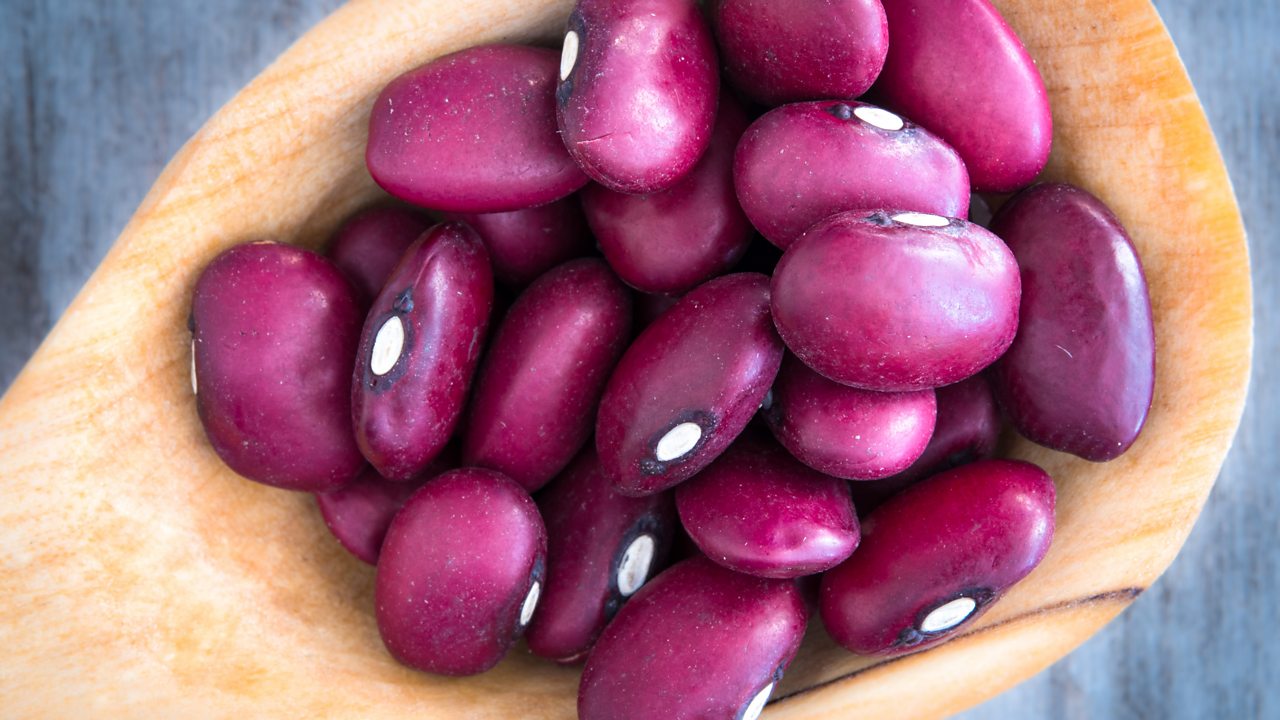
Given that beans and pulses are so good for you, it’s strange that there are a few which, if not prepared properly, can make you ill. Very ill indeed. The humble kidney bean and the mild-tasting soya bean fall into this category. So, let’s start with kidney beans.
On the plus side, they are packed with protein, fibre, vitamins and minerals. On the negative side, when raw they contain a type of lectin called phytohemagglutinin. Hard to type, it’s equally hard to digest. And if you do the latter, prepare for a double whammy of stomach aches and vomiting. The good news is that by cooking them properly you’ll be able to avoid this unpleasant combination. First soak the dried beans in water for at least 12 hours, then drain and rinse them. Cover them with fresh water, then boil them vigorously for at least 10 minutes before simmering them for 45–60 minutes to make them tender.
Sounds like a faff? Buy them pre-cooked in tins instead.
Like kidney beans, soya beans are packed full of protein and are also said to come withantioxidants. Unfortunately, they too also come with a natural toxin (trypsin inhibitor), which can stop you digesting food properly. To cook dried soya beans properly, again, first soak them in water for at least 12 hours, then drain and rinse them. Cover them with fresh water, then boil them vigorously for 1 hour before simmering them for 2–3 hours to make them tender.
Nutmeg
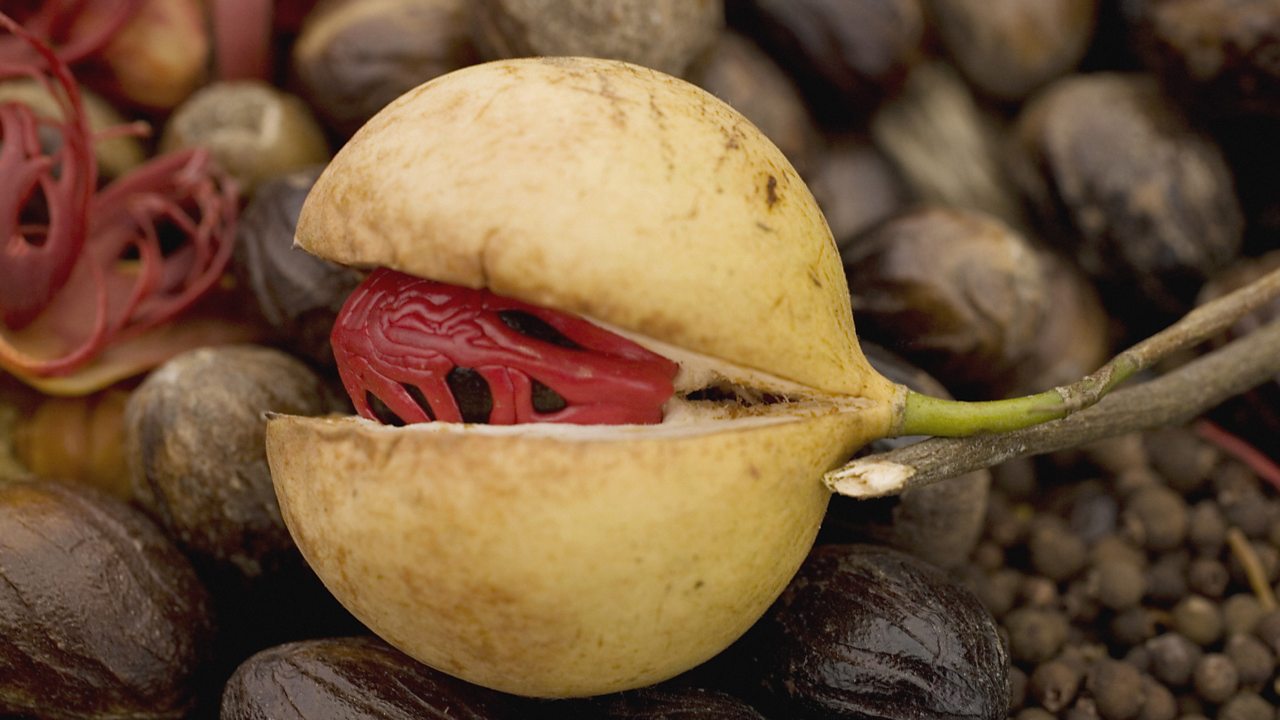
It’s a key ingredient of festive biscuits and it makes a delicious addition to rice pudding, but if consumed in large amounts, nutmeg comes with some horrifying side effects, including nausea and breathlessness. In fact, one article points to people experiencing six-month-long psychosis.
So why would anyone choose to ingest a lot of the spice in one go? Well apparently it used to be a known hallucinogen. But, given the side effects, it’s definitely not a trip worth taking.

Comments
Post a Comment